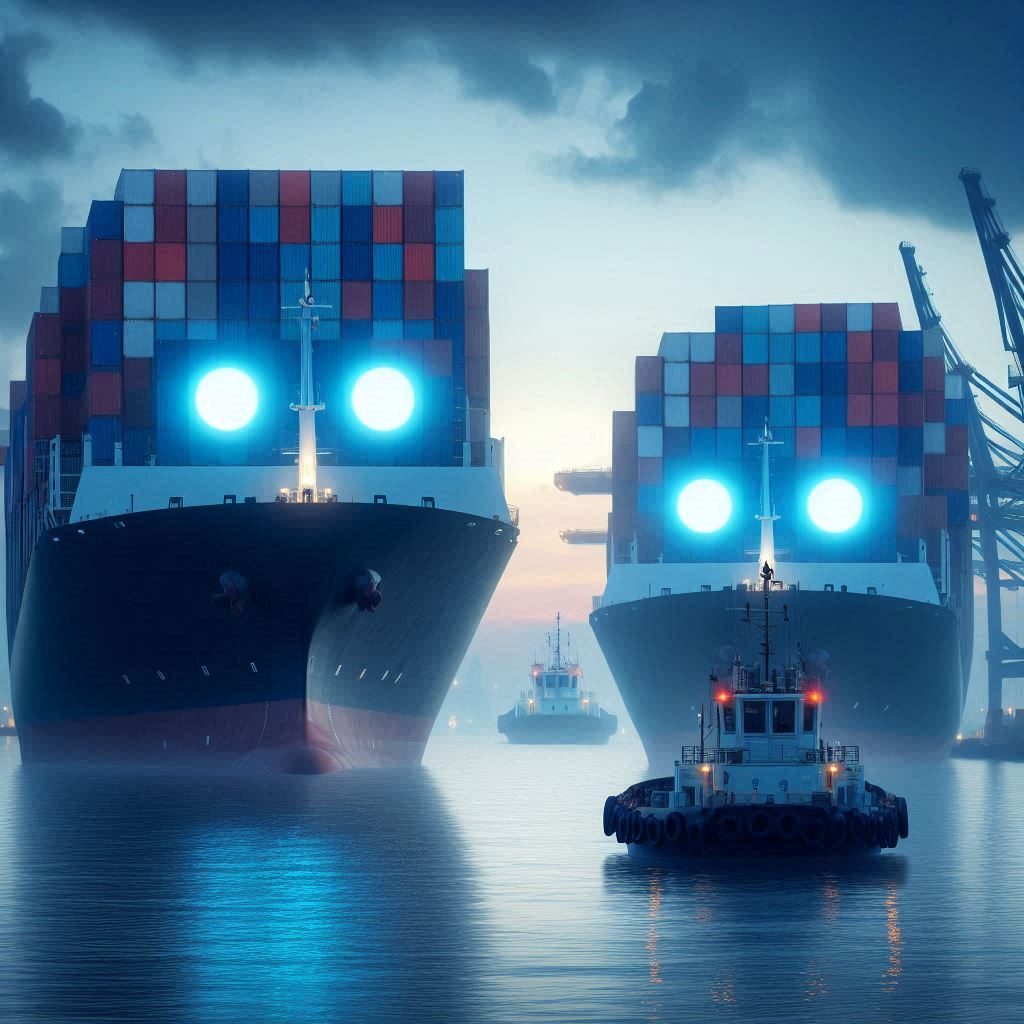Are There Any Signs the Early Peak Season Is Slowing Down?
Yang Ming is one of the world’s major ocean freight carriers. It’s Taiwan’s second largest ocean carrier. It’s the 10th largest ocean freight carrier in the world. According to a Journal of Commerce (JOC) article by Keith Wallis, Yang Ming says the early peak season we’ve seen in 2024 shows no sign of slowing down. Is that true?
Universal Cargo’s internal numbers show a 20% drop from May shipments to June ones. That is just anecdotal evidence, though I often use Universal Cargo’s numbers as a barometer for the international shipping industry. And that barometer approach has served me well in the past. Anecdotal or not, Universal Cargo’s numbers are at least a sign that there may be some slowing down of the peak season.
We all know argument by authority is a logical fallacy. Something isn’t true just because a respected or qualified individual, group, or company says a thing is so. However, there is weight when a top ten leader in an industry says something about that industry that Joe Schmoe on the street talking about the industry doesn’t have. Universal Cargo, with its decades of experience, isn’t exactly Joe Schmoe on the street. But Yang Ming is a much larger company. Its data, thus, should have much larger scope.
How the peak season and the rest of 2024 plays out for international shipping has a large impact on many businesses. Thus, it’s worth listening to experts on the topic, considering what they have to say, and weighing the situation, so shippers can put their businesses in the best possible position for the rest of the year.
Are there really no signs the peak season is slowing down? Was that a misinterpretation or exaggeration of what Yang Ming was saying? What signs are there for shippers to consider for the rest of the year? What expectations should we have for the rest of the year when it comes to freight rates and international shipping in general?
Let’s get into it…
Keith Wallis and Yang Ming
The headline and first sentence of Wallis’s JOC article, published yesterday, state that Yang Ming says the early peak season shows no signs of slowing down, “with initial volumes booked for the third quarter higher than last year amid strong demand from US and European consumers.”
However, that was Wallis’s paraphrase of Yang Ming’s executive. And it sounds much more like a year over year comparison rather than an assessment of whether the current peak season will maintain its current volumes, increase in volumes in the upcoming months, or slow down. When it came to data Wallis shared, it shows increased revenue for Yang Ming in January through May, particularly in comparison with last year:
Yang Ming … has seen a steady increase in revenues, which rose 27% to $2.3 billion through the first five months of the year compared with the same period last year. That followed a 266% increase in net profit in the first quarter, to $290 million.

That isn’t really specific to the peak season, nor does it give us any data on June to see if Yang Ming had any kind of downtick in volume from May to June like Universal Cargo has seen. When Wallis does directly quote Yang Ming’s executive, the focus is still on comparing last year to this one and that next month’s situation should be similar to this month’s, not comparing May to June in any way:
“Entering the third quarter, customer demand is still higher than last year,” Peter Su Yu-Wen, Yang Ming’s CFO and senior vice president, said during an investors’ webinar. “For July, we should be able to maintain the same situation as June.”
While the current moment, with its high freight rates and improved demand over last year, is good for carriers’ profits, Yang Ming does not seem to be predicting the peak season to remain strong. That certainly doesn’t mean the company is predicting the peak season to be slowing down or ending early either. Wallis actually states that Yang Ming’s executive refused to make any such predictions because current global conditions create too much uncertainty:
…Su declined to be drawn on whether the buoyant conditions for carriers would continue into the fourth quarter or end earlier than usual given the earlier start to peak season.
“Although the third quarter is the traditional peak season, concerns about global geopolitical issues and regional conflicts remain,” he said. “What we are looking at is quite short-term because there are too many external factors that interfere with the market and create uncertainty. We really have to look at the situation month-by-month.”
Despite Wallis’s article title and first line, Yang Ming does not appear to be making a strong statement about the current peak season remaining strong. But Yang Ming’s executive does mention something that, unfortunately, shows no signs of weakening…
Houthi Attacks Not Slowing Down, So Freight Rates Won’t Likely Drop Either
One thing that is keeping peak season freight rates high is Houthi aggression. Iran-backed Houthi attacks on ships in the Red Sea and Gulf of Aden are not slowing down. In fact, the Houthi have announced plans to spread its attacks into the Mediterranean.
U.S. and European forces fighting back against Houthi attacks have been ineffective in stopping them. I received an All-Ways notification email just yesterday that reported Houthi rebels have sunk another ship, this one carrying Russian cargo. A European Union naval force specifically created to protect commercial shipping in the Red Sea was just reported to say it needs to more than double in size because of the escalating attack from Yemen’s Houthi rebels.
The rerouting of ships to go down and around Africa instead of through the Suez Canal is putting strain on the international shipping industry and upward pressure on freight rates.
More ships to deliver the same amount of cargo is only the start of the problems from the Red Sea situation. Ships are thrown off schedule, bunching of vessels at ports is happening, and it’s one of the factors adding to the serious congestion at Asian ports.
The particularly bad congestion at Asian ports is adding shipping container availability problems to the already stressed international shipping industry.
With all that, even if there is some decrease demand, there is still enough upward pressure on freight rates to make it unlikely to see big freight rate drops anytime soon.
Risk of ILA Strike Still Strong
One of the factors that caused an early peak season this year is the threat of an International Longshoremen’s Association (ILA) strike that would shut down U.S. ports all along the East and Gulf Coasts. The risk has risen so high, Universal Cargo had to create an ILA Strike Watch 2024.
There has been no improvement in this situation yet to relieve shippers’ worry of serious disruption to ILA-worked ports.
There is little more than two months left before the threatened strike would start on October 1st. That could mean a final surge in cargo before the current ILA contract expires at the end of September. The combination of potential East Coast disruption and avoidance of the Suez Canal increases the amount of cargo getting sent through U.S. West Coast ports. That could potentially create some congestion at ports on that side of the country.
It will be interesting to see if shipping volumes start falling, like Universal Cargo has seen this month, as we get closer to the ILA contract expiration. Currently, the supply, demand ratio is very tight in international shipping, which, of course, lends to high freight rates.





